DICOM monitoring with PRTG
Maintain high standards of patient care and data security
- Gain complete visibility into the performance of your DICOM services and workflows
- Proactively detect potential issues and prevent service interruptions
- Full support of common standards and protocols used in the healthcare industry
PRTG DICOM monitoring: What you’ll find on this page
Reliable data, faster diagnosis, better healthcare, with PRTG
From radiology and dentistry to ophthalmology, cardiology, and beyond, imaging devices have had an outsize impact on healthcare, improving the speed and accuracy of diagnosis and treatment by orders of magnitude.
The catch is that, just like any other modern technology, it works until it doesn’t.
Which is to say that problems often only become apparent once a device stops working, even though they might have been going on for some time.
With literal lives at stake, extended unplanned downtime isn’t an option in healthcare. And that’s where Paessler PRTG comes in.
Our sophisticated DICOM-specific sensors monitor your medical imaging devices’ key performance metrics round the clock, ensuring everything’s working as it should and alerting you when it isn’t.
That means you can pinpoint and fix issues before they turn into serious problems. And, better still, optimize workflows in ways that make radiologists, cardiologists, trauma doctors, nurses, and other patient-facing staff at your organization more effective at what they do: helping people get better and live healthier, happier lives.
PRTG makes DICOM monitoring as easy as it gets
Custom alerts and data visualization let you quickly identify and prevent low bandwidth, poor availability, slow response times, and other issues with DICOM services.
4 reasons why to choose PRTG as your DICOM monitoring tool
End-to-end monitoring
Cardiology. Computed tomography. Dentistry. Magnetic resonance imaging. Mammography. Radiology. X-Ray. You get the picture.
Keep a close eye on every DICOM medical imaging device your organization depends on to diagnose and treat patients, optimize workflows, and deliver the highest standards of care.
Built-in alarm system
DICOM devices’ reliability can be a matter of life and death. Literally. PRTG alerts you automatically as soon as there are potential issues that could slow staff down or disrupt their workflows.
This way, you can step in and fix them before they get in the way of timely, effective treatment.
Superior security
Protect DICOM data, including sensitive patient information, from unauthorized access at all times.
PRTG comes with robust controls built in, including SSL encryption, 2048-bit RSA certificate, cross-site scripting protection, secure password storage, as well as other mechanisms like automated logout and reauthentication.
Effortless customization
Tailor DICOM sensors – and your monitoring environment – to your exact needs, whether you’re a small clinic or a large healthcare network with hospitals in multiple locations.
Define C-FIND query search levels, keys, and fields to filter, the number and interval between C-ECHO requests, and even which DICOM interface ports to use for each connection.
What DICOM monitoring looks like in PRTG
Diagnose network issues by continuously tracking medical imaging systems, picture archiving and communications systems, computed tomography, and other imaging devices and healthcare workflows. Show bandwidth, availability, response times, and other key metrics in real time. Visualize monitoring data in clear graphs and dashboards to identify problems more easily. Gain the visibility you need to troubleshoot and fix the causes of low bandwidth, poor availability, slow response times, errors, and other problems.
Start monitoring DICOM data with PRTG and see how it can make your network more reliable and your job easier.
DICOM monitoring, your way
PRTG has three preconfigured sensors for pinpoint-accurate monitoring of all your critical DICOM systems and workflows:
-
DICOM Bandwidth sensor, for monitoring how much bandwidth your medical imaging devices' C-STORE requests are using, and whether they can handle the C-STORE REQUESTS
- DICOM C-ECHO sensor. This monitors availability, as well as minimum, maximum, and average response times
- DICOM Query/Retrieve sensor for monitoring C-FIND and MWL capabilities, including minimum, maximum, and average request entry time and total items found,
Our all-in-one monitoring tool supports unlimited local, remote, and virtual devices, which means it's ideal for keeping a close eye on DICOM data in organizations of all shapes and sizes — from small clinics to large hospital campuses.
Your DICOM monitor at a glance – even on the go
Set up PRTG in minutes and use it on almost any mobile device.
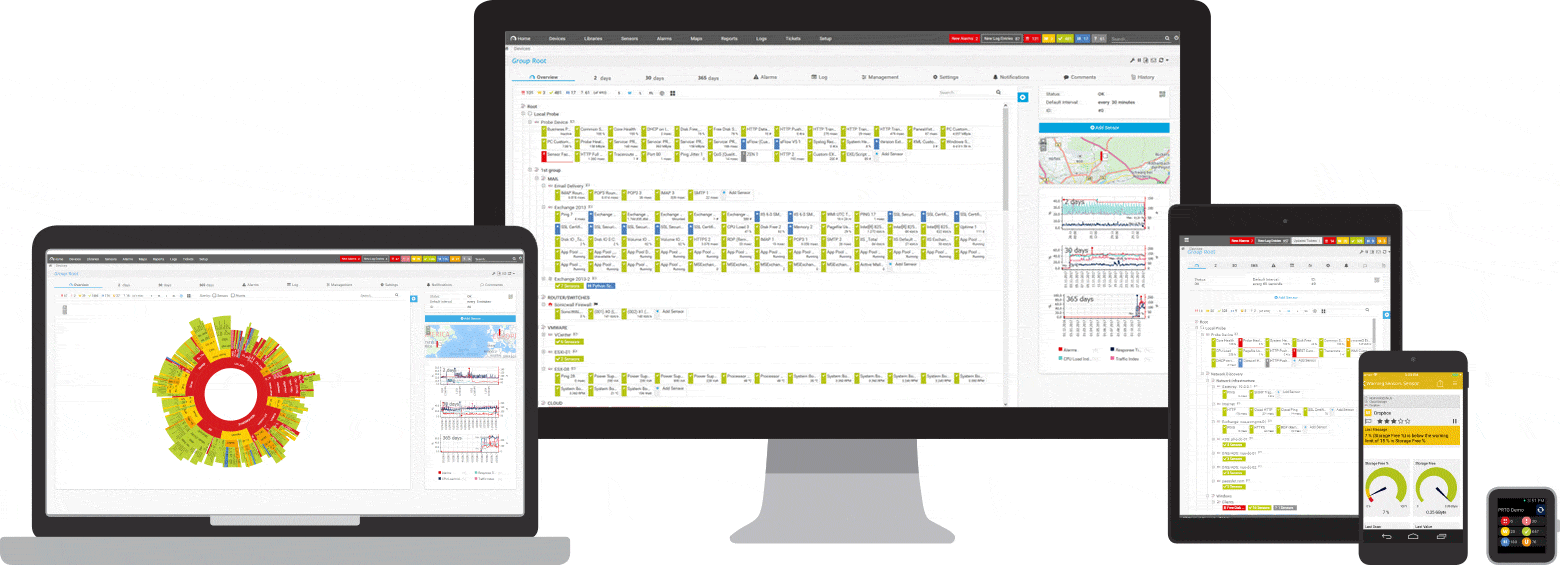

Find the root cause of the problem with our PRTG DICOM monitoring solution
Real-time notifications mean faster troubleshooting so that you can act before more serious issues occur.
PRTG is compatible with all major vendors, products, and systems
Create innovative solutions with Paessler’s partners
Partnering with innovative vendors, Paessler unleashes synergies to create
new and additional benefits for joined customers.
ScriptRunner
With ScriptRunner, Paessler integrates a powerful event automation platform into PRTG Network Monitor.
“Excellent tool for detailed monitoring. Alarms and notifications work greatly. Equipment addition is straight forward and server initial setup is very easy. ...feel safe to purchase it if you intend to monitor a large networking landscape.”
Infrastructure and Operations Engineer in the Communications Industry, firm size 10B - 30B USD
PRTG makes DICOM monitoring as easy as it gets
Custom alerts and data visualization let you quickly identify and prevent low bandwidth, poor availability, slow response times, and other issues with DICOM services.

PRTG: The multi-tool for sysadmins
Adapt PRTG individually and dynamically to your needs and rely on a strong API:- HTTP API: Access monitoring data and manipulate monitoring objects via HTTP requests
- Custom sensors: Create your own PRTG sensors for customized monitoring
- Custom notifications: Create your own notifications and send action triggers to external systems
- REST Custom sensor: Monitor almost everything that provides data in XML or JSON format
We asked: would you recommend PRTG?
Over 95% of our customers say yes!
Paessler conducted trials in over 600 IT departments worldwide to tune its network monitoring software closer to the needs of sysadmins.
The result of the survey: over 95% of the participants would recommend PRTG – or already have.
Still not convinced?
More than 500,000
sysadmins love PRTG
Paessler PRTG is used by companies of all sizes. Sysadmins love PRTG because it makes their job a whole lot easier.
Monitor your entire IT infrastructure
Bandwidth, servers, virtual environments, websites, VoIP services – PRTG keeps an eye on your entire network.
Try Paessler PRTG
for free
Everyone has different monitoring needs. That’s why we let you try PRTG for free.
Start monitoring DICOM data with PRTG and see how it can make your network more reliable and your job easier.
|
PRTG |
Network Monitoring Software - Version 25.1.104.1961 (April 7th, 2025) |
|
Hosting |
Download for Windows and cloud-based version PRTG Hosted Monitor available |
Languages |
English, German, Spanish, French, Portuguese, Dutch, Russian, Japanese, and Simplified Chinese |
Pricing |
Up to 100 sensors for free (Price List) |
Unified Monitoring |
Network devices, bandwidth, servers, applications, virtual environments, remote systems, IoT, and more |
Supported Vendors & Applications |
|


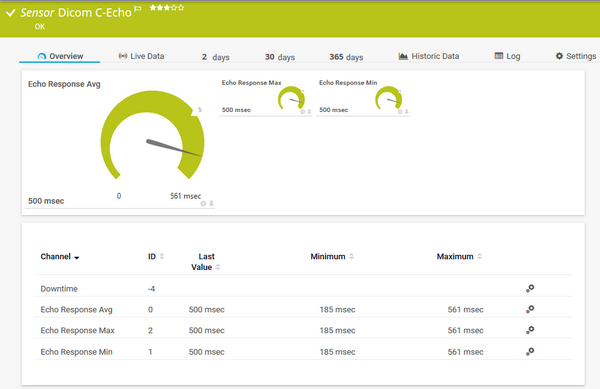
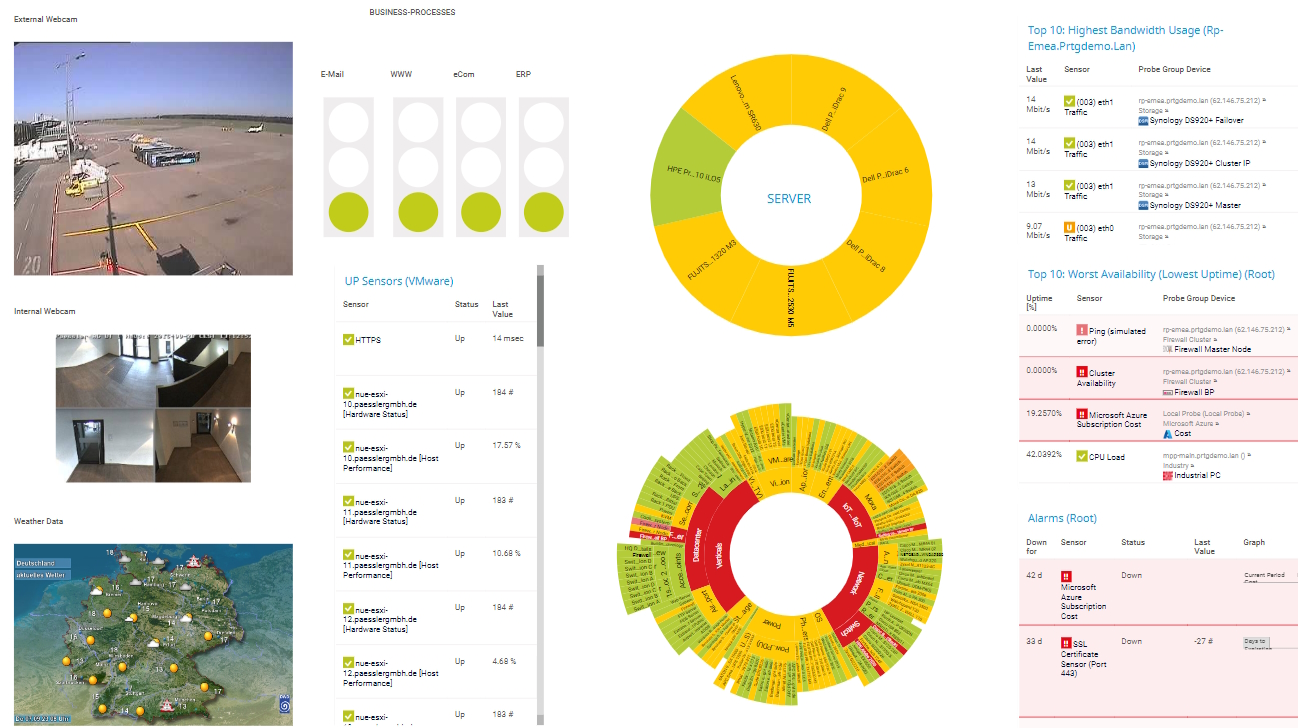

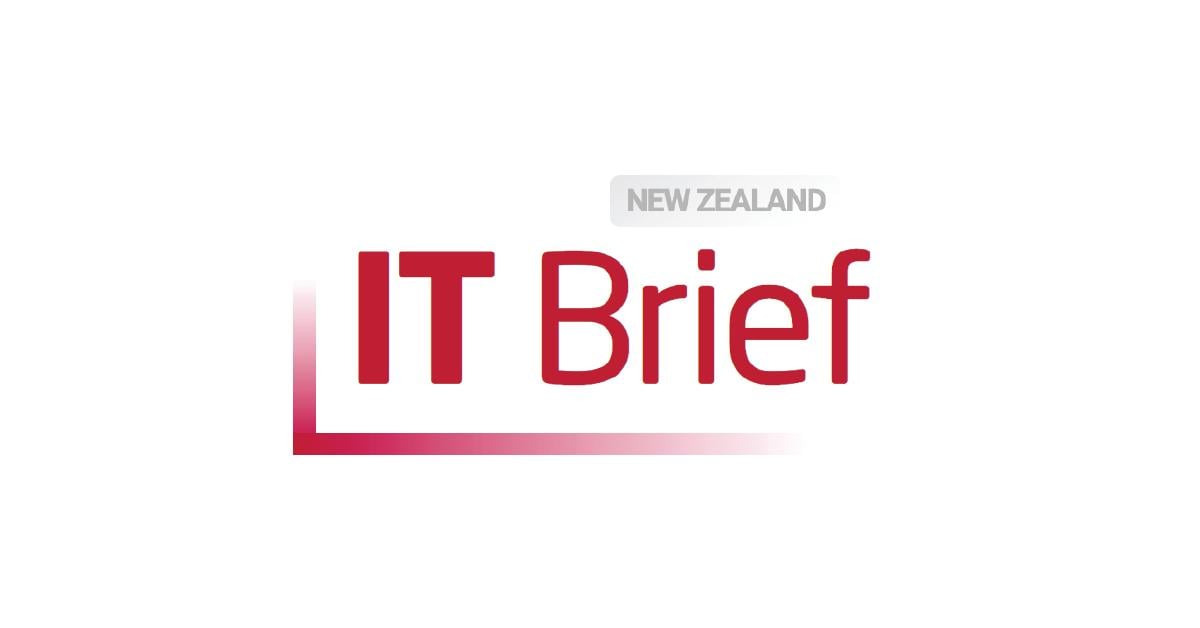
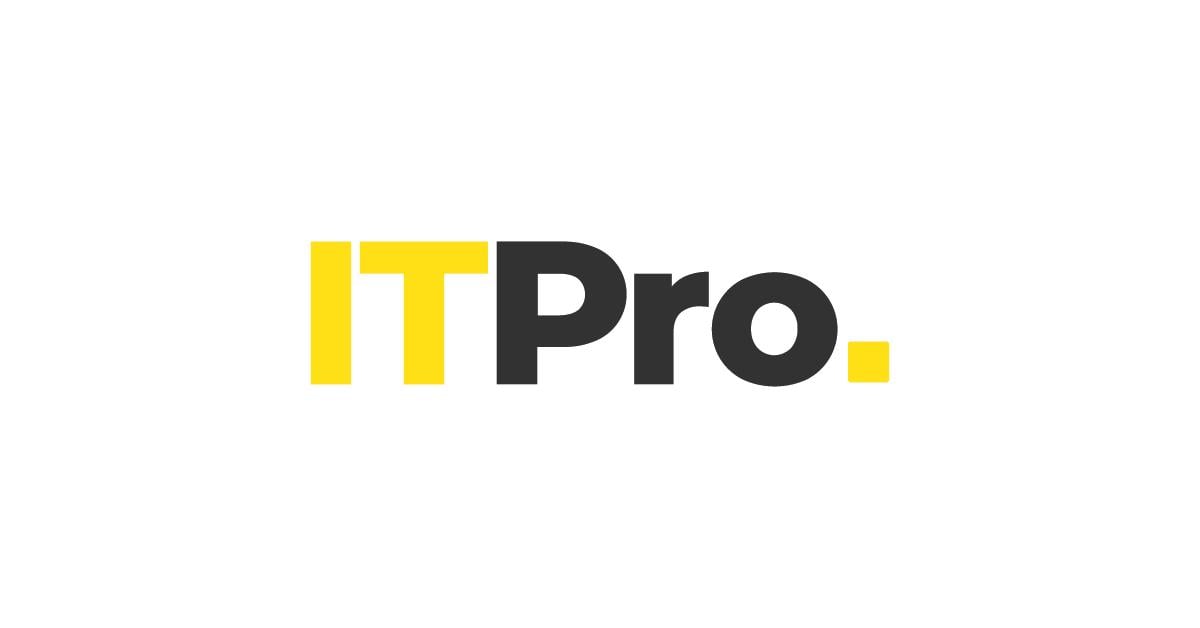

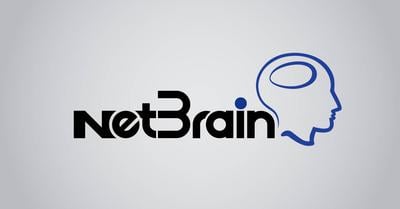
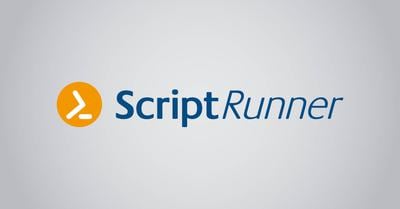




Combining the broad monitoring feature set of PRTG with IP Fabric’s automated network assurance creates a new level of network visibility and reliability.